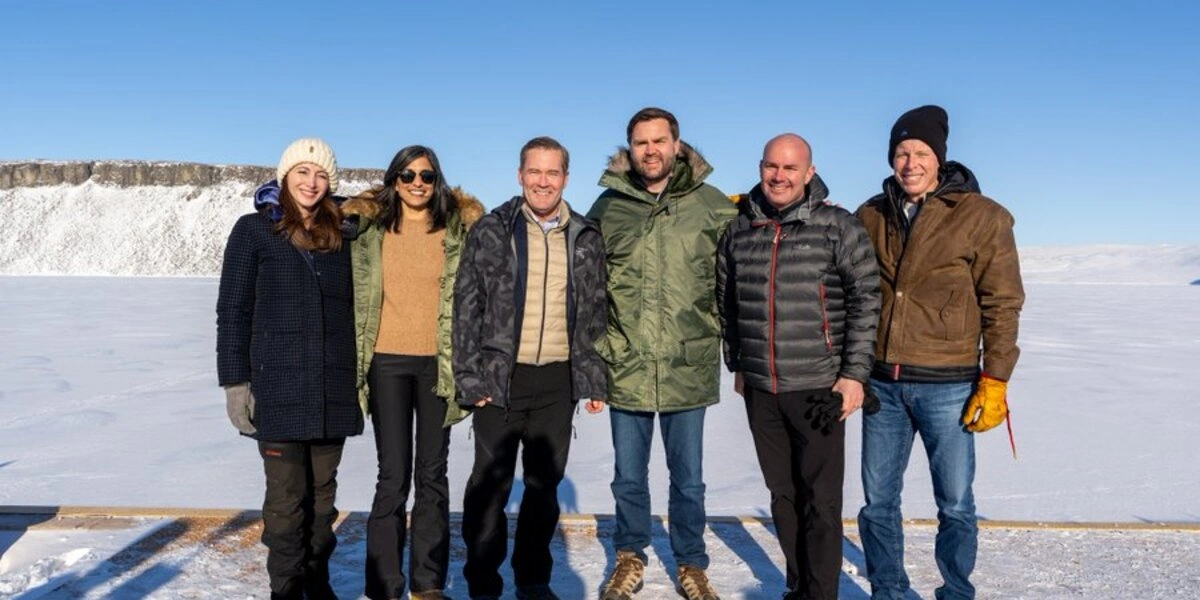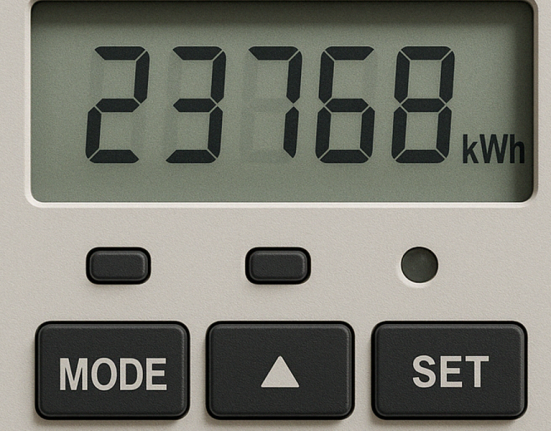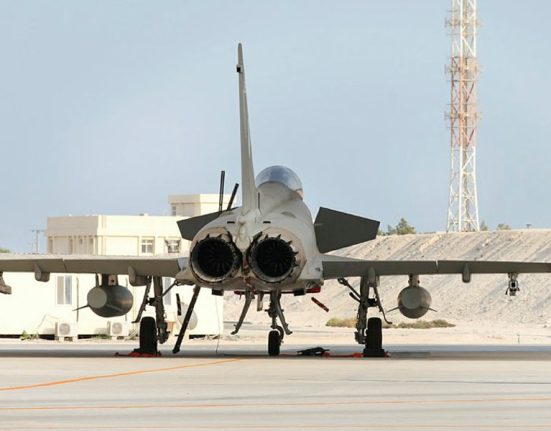Tensions between Copenhagen and Washington have escalated after the US Vice President JD Vance accused Denmark of neglecting Greenland – prompting an upcoming visit from Danish Prime Minister Mette Frederiksen to the Arctic island.
Greenland, a semi-autonomous territory with a population of 57,000, has found itself at the centre of a renewed geopolitical tug-of-war. Vance, during an unannounced visit to the US-operated Pituffik Space Base in Greenland, criticised Denmark for not doing “a good job by the people of Greenland,” sparking swift backlash from Danish leaders.
“This is not how you speak to your close allies,” said Danish foreign minister Lars Løkke Rasmussen. “We are open to criticism, but we do not appreciate the tone.”
Rasmussen pointed out the irony of Vance’s remarks, highlighting America’s own retreat from the Arctic.
“In 1945, the US had 17 military installations in Greenland. Today, only one remains – with just 200 soldiers,” he said.
Vance’s visit follows increasing rhetoric from President Trump, who has once again suggested the US should “have” Greenland, even hinting at military necessity – rhetoric that has deeply unsettled both Danish and Greenlandic officials.
Frederiksen, who will meet Greenland’s new leader Jens-Frederik Nielsen, described Vance’s criticism as unfair.
“Denmark is a good and strong ally of the United States,” she said.
Greenland has long expressed interest in eventual independence from Denmark, and Vance suggested that such a move would bring the island closer to the U.S.
“Military force is not going to be necessary,” he added.
Despite political posturing, officials on both sides have attempted to ease tensions, with Denmark reaffirming its commitment to Arctic security. A $2 billion defence package was recently unveiled to boost its presence on the strategically vital island.
Still, as the ice melts and global powers circle the Arctic, the question remains: whose north is it, anyway?







